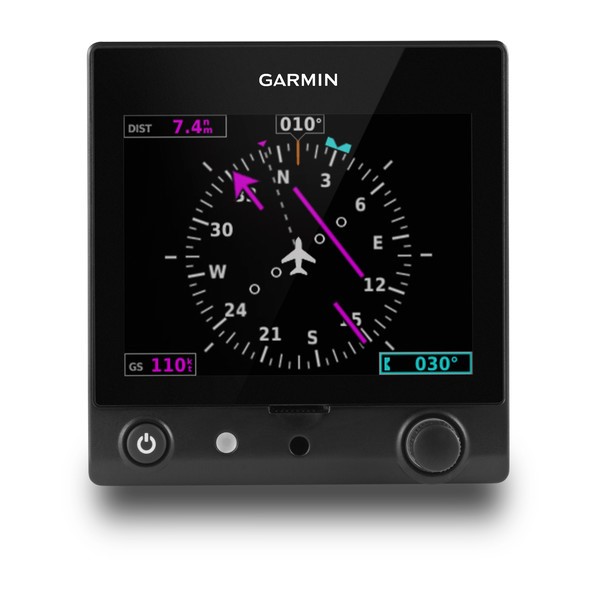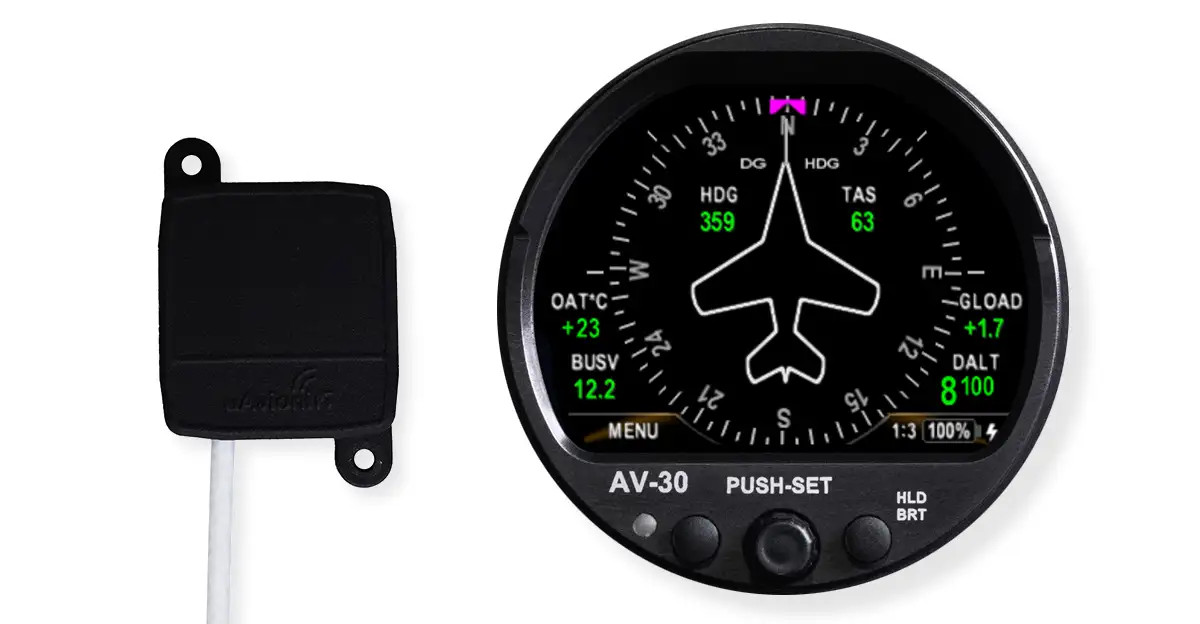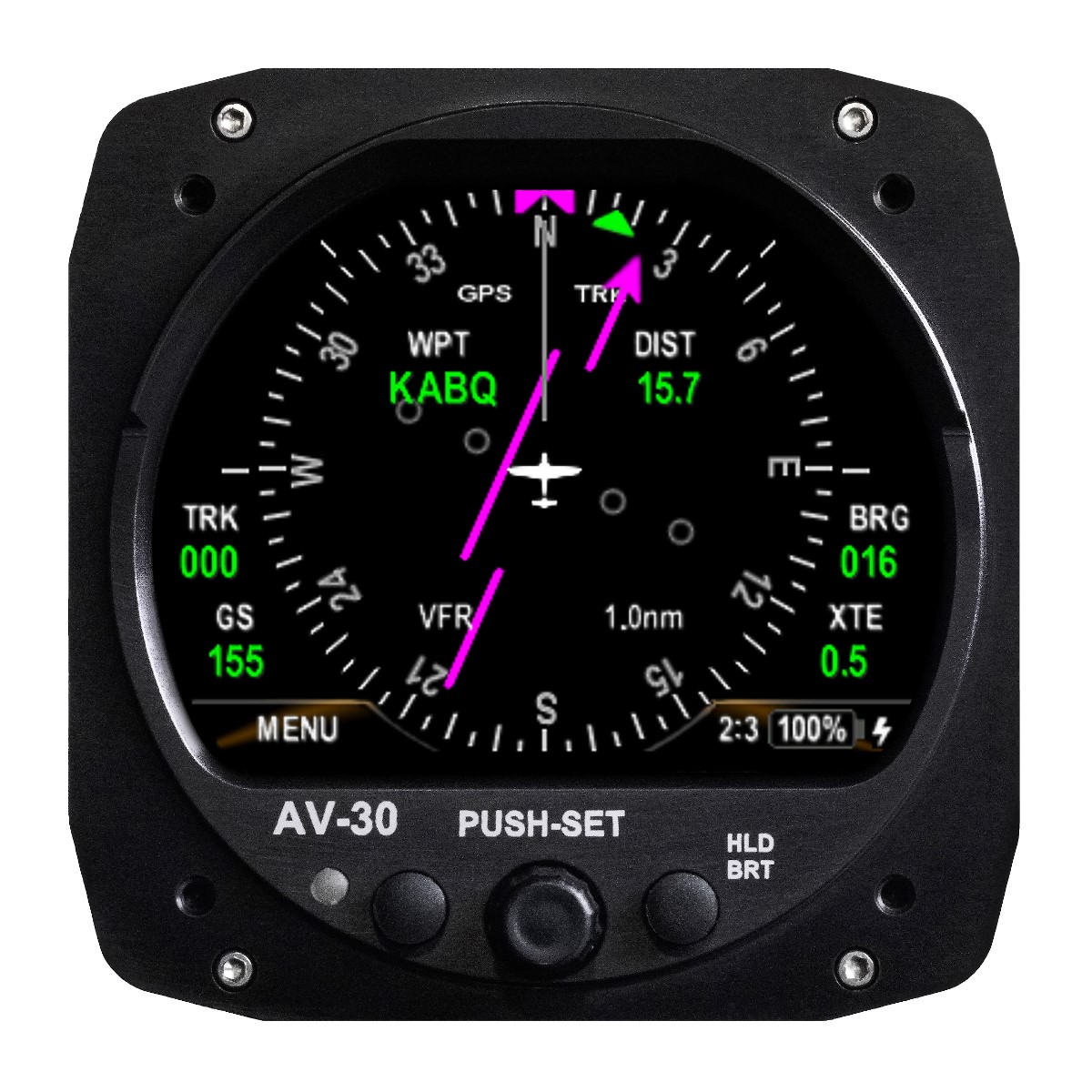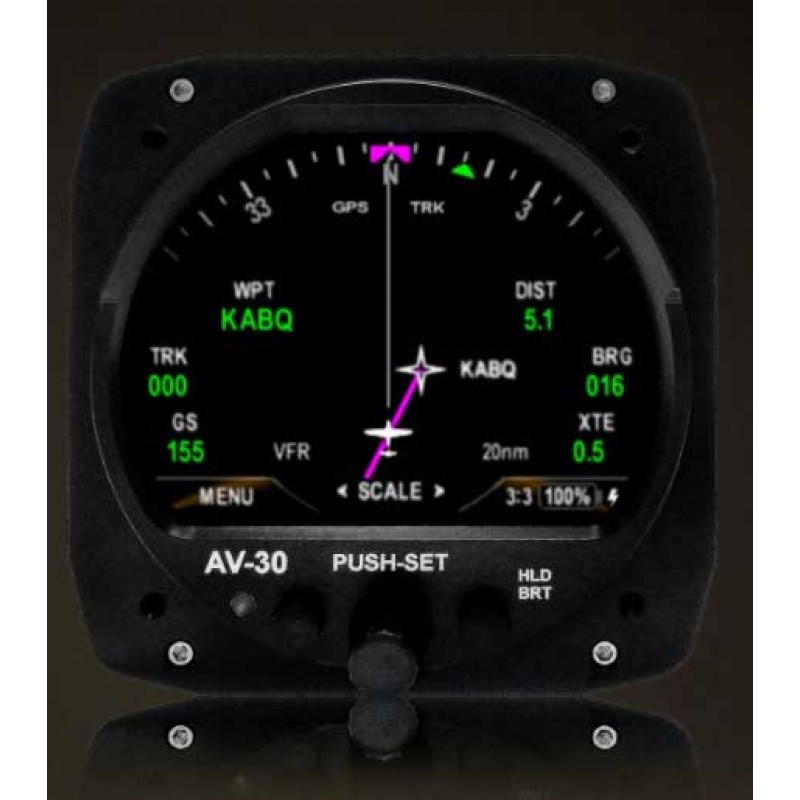Ed Haywood
En-Route
Ended up installing an RCA 2610 last month to satisfy AC 91-75. I was drawn by the lack of pitot-static connection, really simplified the installation. Space savings was also nice compared to the TC it ended up replacing, which is nice since the back of that panel is a rat's nest to work on.
My only complaint was the unit cost, which is why I'm taking it with me to the replacement aircraft. Since I'm married to an OEM autopilot feeding from vacuum AI and DG, I keep the vacuum system in the cert spam can. In an experimental I know I'll keep for the duration, I'd have no issue going to an all electric suite, especially since I plan on doing [non-competition] aerobatics and formation work, so moving away from mechanical instruments would fare a bit better for longevity.
I was super happy with my RCA 2600, and the 2610 is supposedly even better. Solid, reliable product, and crazy simple to install. 4 screws and 2 wires. Planned to keep it when I restored my Decathlon, but I set it on the roof of my truck one night and forgot. Found it banging around the truck bed a few days later. Had been rained on. Still works!! But I decided that was pretty good reason to replace.
I went with the AV-30C because of the capability to switch between the AI and DG. Finishing the install now. Every now and then I look at that Mini 6 and wish I had stuck with RCA.
I converted my pitot static to push-on fittings and PU tubing. Way more easy to install and modify. Installed a 6 port manifold for static, so really easy to add devices.
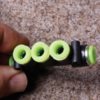
https://www.kitplanes.com/all-about-avionics-pitot-static/



